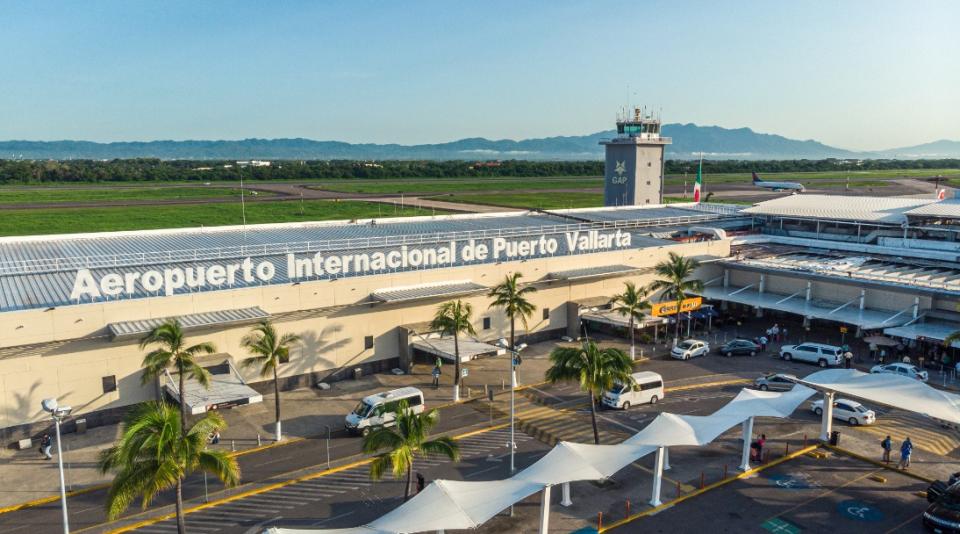Three air terminals of Grupo Aeroportuario del Pacífico reached level 3 of the Airport Carbon Footprint Accreditation Program and came within one step of reaching the neutrality of its operations.
The airports that have reached this level are those of Aguascalientes, Puerto Vallarta y Guadalajaranotes Daily Traveling News.
The Airport Carbon Footprint Accreditation Program is a tool of the Airports Council International which independently evaluates the efforts of airports to manage and reduce their CO2 emissions. The certification has six different levels of accreditation, which are:
- Mapping: Carbon footprint measurement.
- Reduction: Carbon footprint reduction management.
- Optimization: Third-party participation in carbon footprint reduction.
- Neutrality: Neutralization of the carbon footprint for direct emissions by offsetting.
- Transformation: Transformation of operations and those of its business partners to achieve an absolute reduction in emissions.
- Transition: Offsetting of residual emissions with reliable counterparts.
The airports of Hermosillo, Tijuana, Los Mochis and Guanajuato have Level 2 certification, while Los Cabos, Mexicali, La Paz, Manzanillo, Morelia and Montego Bay are Level 1.
Raul Revuelta MusalemThe CEO of Grupo Aeroportuario del Pacífico, commented that their priority is to establish environmental measures that allow them to reduce their carbon footprint.
"The Airpoirts Council International (ACI) ACA certification processes are an essential tool to measure the progress of implemented actions," he said.
In order to align its efforts with the most relevant environmental, social and governance (ESG) criteria for the business and its stakeholders, GAP developed a sustainability strategy in 2021, in which it defined four strategic axes, each with material issues and goals that address the issues in which it intends to generate a greater positive impact or reduce the negative impact caused by its operations.
This sustainability strategy is aligned with the Agenda 2030 and attends to the needs of the United Nations and Sustainable Development Goals (SDGs) on which GAP has the greatest impact through its operations and services.
ACCREDITATION STEPS
Mapping
This is level 1 accreditation and consists of measuring the carbon footprint generated by the airport's operation.
Reduction
Once the carbon footprint generated is known, actions are implemented to reduce the impact.
Optimization:
At the third level, suppliers and partners are involved in carbon footprint reduction actions.
Neutrality:
Carbon footprint neutrality is achieved by complementing reduction actions with the implementation of direct emission offsetting actions.
Transformation
The fifth level is when the airport and its business partners achieve absolute greenhouse gas emission reductions.
Transition
Offsetting of residual emissions with reliable counterparts.
Source: Daily Traveling News, Grupo Aeroportuario del Pacífico


